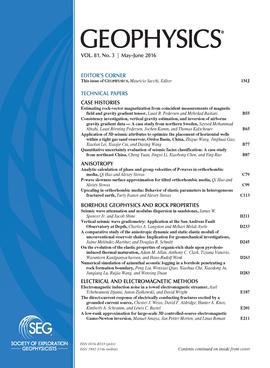1. C++程序设计, 地球物理系高年级本科生


http://www.drbio.cornell.edu/pl47/programming/TICPP-2nd-ed-Vol-one-html/Frames.html
Winner, Software Development Magazine’s
1996 Jolt Award for Best Book of the Year
“This book is a tremendous achievement. You owe it to yourself to have a copy on your shelf. The chapter on iostreams is the most comprehensive and understandable treatment of that subject I’ve seen to date.”
Al Stevens
Contributing Editor, Doctor Dobbs Journal
“Eckel’s book is the only one to so clearly explain how to rethink program construction for object orientation. That the book is also an excellent tutorial on the ins and outs of C++ is an added bonus.”
Andrew Binstock
Editor, Unix Review
“Bruce continues to amaze me with his insight into C++, and Thinking in C++ is his best collection of ideas yet. If you want clear answers to difficult questions about C++, buy this outstanding book.”
Gary Entsminger
Author, The Tao of Objects
“Thinking in C++ patiently and methodically explores the issues of when and how to use inlines, references, operator overloading, inheritance and dynamic objects, as well as advanced topics such as the proper use of templates, exceptions and multiple inheritance. The entire effort is woven in a fabric that includes Eckel’s own philosophy of object and program design. A must for every C++ developer’s bookshelf, Thinking in C++ is the one C++ book you must have if you’re doing serious development with C++.”
Richard Hale Shaw
Contributing Editor, PC Magazine

https://baike.baidu.com/item/c%2B%2B%E7%BC%96%E7%A8%8B%E6%80%9D%E6%83%B3
《c++编程思想》是由Bruce Eckel编写的一本书籍。本书的内容、讲授方法,选用例子和跟随的练习,别具特色。作者Bruce Eckel不是按传统的方法讲解C++的概念和编程方法,而是根据他自己过去学习C++的亲身体会,根据他在多年教学实践中发现的问题,用一些非常简单的例子和简练的叙述,阐明了在学习C++中特别容易混淆的概念。
2. Finite element methods in geoscience, 地球物理系博士研究生

http://as.wiley.com/WileyCDA/WileyTitle/productCd-1118571363.html
The finite element method (FEM) is a powerful simulation technique used to solve boundary-value problems in a variety of engineering circumstances. It has been widely used for analysis of electromagnetic fields in antennas, radar scattering, RF and microwave engineering, high-speed/high-frequency circuits, wireless communication, electromagnetic compatibility, photonics, remote sensing, biomedical engineering, and space exploration.
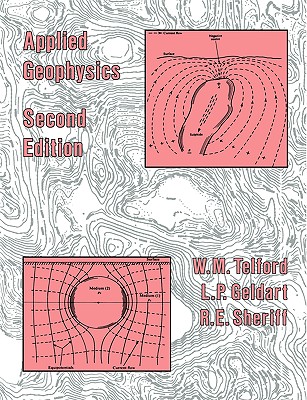
https://www.cambridge.org/core/books/applied-geophysics/FA576F8F33FCA4D56975BC58CE07851E
This is the completely revised and updated version of the popular and highly regarded textbook, Applied Geophysics. It describes the physical methods involved in exploration for hydrocarbons and minerals, which include gravity, magnetic, seismic, electrical, electromagnetic, radioactivity, and well-logging methods. All aspects of these methods are described, including basic theory, field equipment, techniques of data acquisition, data processing and interpretation, with the objective of locating commercial deposits of minerals, oil, and gas and determining their extent. In the fourteen years or so since the first edition of Applied Geophysics, many changes have taken place in this field, mainly as the result of new techniques, better instrumentation, and increased use of computers in the field and in the interpretation of data. The authors describe these changes in considerable detail, including improved methods of solving the inverse problem, specialized seismic methods, magnetotellurics as a practical exploration method, time-domain electromagnetic methods, increased use of gamma-ray spectrometers, and improved well-logging methods and interpretation.
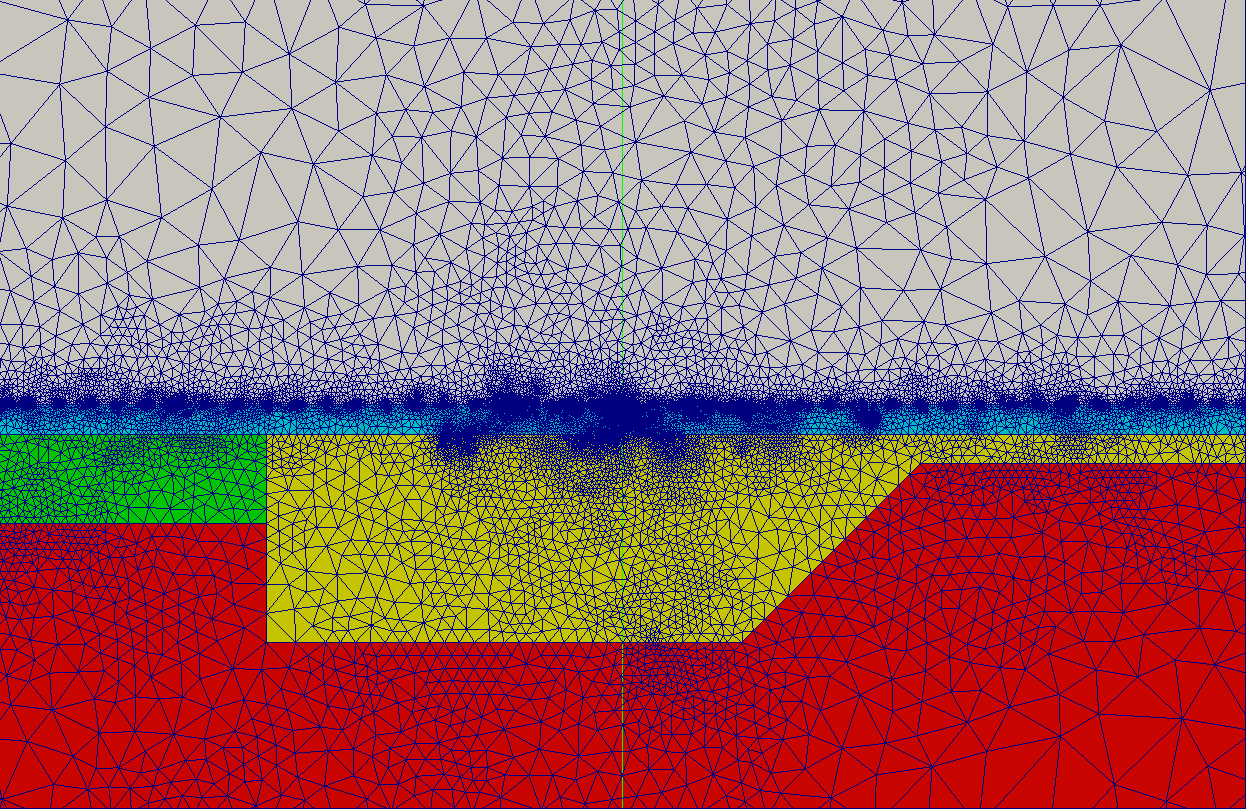
https://sourceforge.net/projects/mt2d/
MT2D is a two dimensional magnetotellurics or raido magnetotellurics forward modeling software. In terms of unstructured grids, it can deal with arbitrarily complicated models, including the surface topographies. It allows for arbitrary distributions of conductivity, permittivity and permeability. In addition, it offers two algorithms: the total field approach and the secondary field approach. At present, most of 2D MT modeling codes are developed in terms of Matlab or FORTRAN and there are no open source ones for public. The release of C++ based MT2D is to offer an accurate 2D MT code for researchers, students in geophysical community. Using this simple and accurate solver, inversion software can be easily developed. To deal with broadband frequencies (MT and RMT problems), a same grid including the air space is used for both TE and TM mode. To whom is interesting in an usage of this code, please send an email to: renzhengyong@gmail.com
Download:IAG.tar.gz(Unix gzipped tar format, 404643 bytes.); IAG.zip(Winzip format, 493797 bytes.)
Description: IAG is a routine for modeling 3D direct-current resistivity using an unstructured mesh
Language and environment: C++
Author(s): Ren, Z., and Tang, J.
Title: 3D direct current resistivity modeling with unstructured mesh by adaptive finite-element method
Citation:GEOPHYSICS, 2010, 75, no. 1, H7-H17.
3. 地球物理电磁场理论, 地球物理系硕士研究生
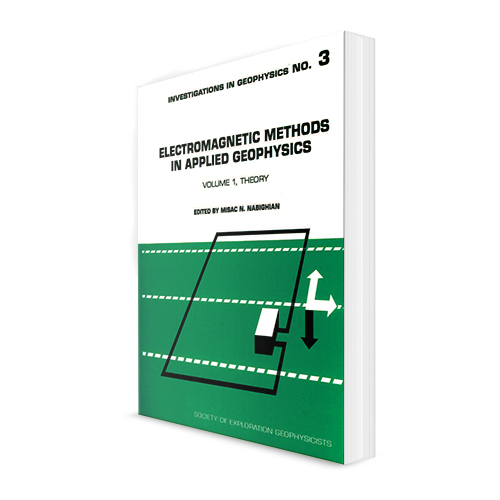
http://library.seg.org/doi/book/10.1190/1.9781560802631
This volume presents mathematical and physical foundations common to all EM methods. There are chapters on numerical and analog modeling. The chapters on electrical properties of rocks and resistivity characteristics of geologic targets helps envisage different kinds of ground structures that may be dealt with and the effect of various factors on observed conductivities of rocks. Basic principles of modern instrument design are in “Detection of Repetitive Electromagnetic Signals.” The last chapter discusses the principles of EM inversion as a first step toward achieving the elusive goal of automatic interpretation of EM data.
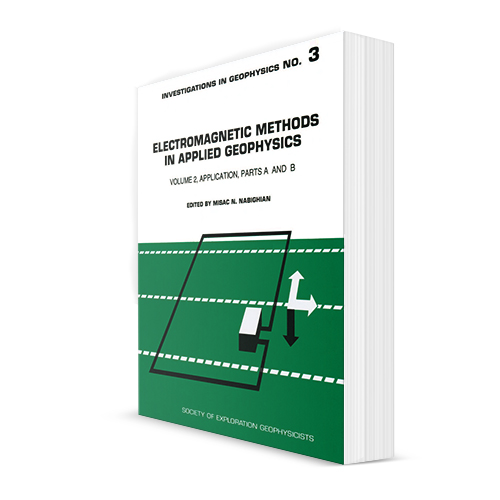
http://library.seg.org/doi/book/10.1190/1.9781560802686
Volume 2 covers, in depth, the physical basis of EM methods of exploration magnetometric resistivity method, profiling methods using small sources, large-layout harmonic field systems, EM soundings, time-domain EM prospecting methods, VLF, MT, CSAMT, airborne EM methods, borehole EM techniques, and electrical exploration methods for the seafloor. The material is divided into two volumes, Part A and Part B.

